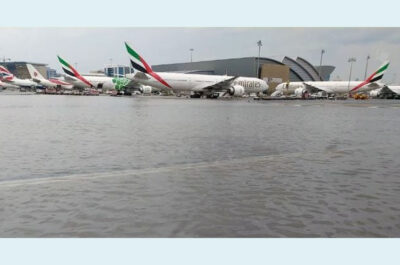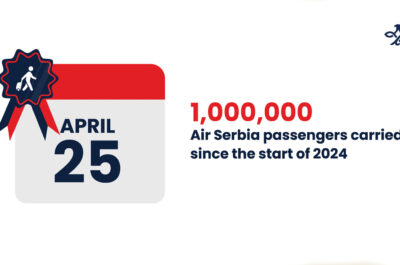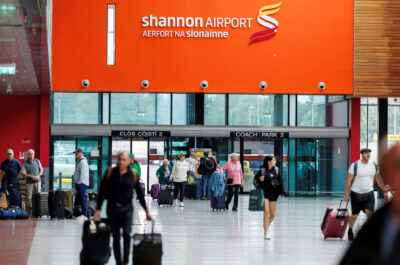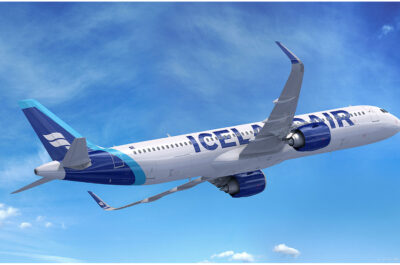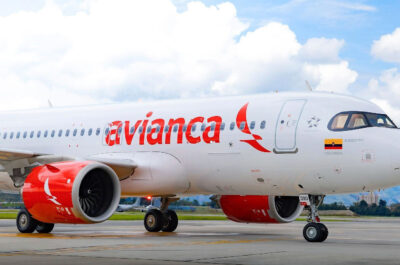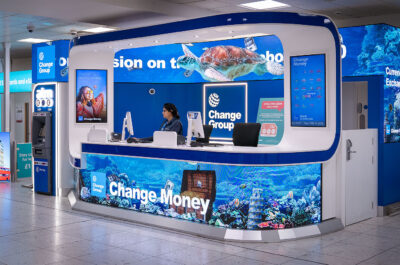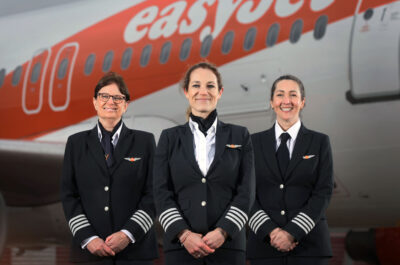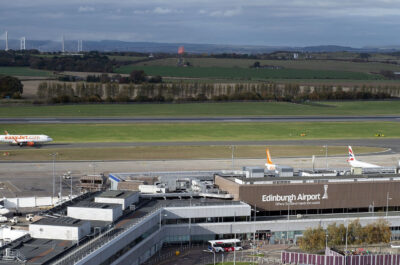The OAG FACTS (Frequency and Capacity Trend Statistics) report for April shows that 757,000 additional seats will be available from Dubai International Airport in April 2013 compared to April 2012. Figures also show that the Middle Eastern hub has increased capacity by an average of 12% per year since 2004.
LUTON – Dubai International Airport is the fastest growing airport in the world, as measured by annual seat capacity growth, according to the latest statistics from OAG, the market leader in aviation intelligence.
The OAG FACTS (Frequency and Capacity Trend Statistics) report for April shows that 757,000 additional seats will be available from Dubai International Airport in April 2013 compared to April 2012. Figures also show that the Middle Eastern hub has increased capacity by an average of 12% per year since 2004.
The second fastest growing airport in terms of seat capacity is Malaysia’s Kuala Lumpur International, which has added 552,000 seats over the last 12 months. Istanbul Ataturk Airport – recently named the fastest growing airport of 2012 as measured by annual passenger numbers – is placed third, having seen the number of seats rise by 529,000 between April 2012 and April 2013.
John Grant, executive vice president, OAG says: “Dubai International Airport’s consistent increase in capacity over the last decade has been largely driven by the growth of Dubai-based carrier Emirates. Over the last 12 months alone, the airline has added nine new destinations, which equates to nearly 22,000 additional seats every day. Capacity has also increased significantly on a number of existing routes, including the Dubai International-London Heathrow service, which became an all-A380 operation in December 2012.
“At Istanbul Ataturk Airport, the continued capacity increase can also be attributed to the national carrier, Turkish Airlines, but this is not necessarily the case at Kuala Lumpur International Airport. Seat capacity from the Malaysian hub has almost doubled since 2004, with low-cost carriers (LCCs) making the most significant contribution. AirAsia, for instance, will have 13% more seats this April compared to April 2012, while low-cost airlines operating from the airport now account for around half of overall capacity.”
Indonesia’s Jakarta International Airport, which was initially designed to handle 22 million passengers but is currently operating at more than double that capacity, is fourth on the list of airports that have added the most seats over the last 12 months. Like Kuala Lumpur International, seat capacity has been boosted by LCCs, including Lion Air, Indonesia AirAsia and Citilink, all of which have added seats for April 2013.
Mexico City International Airport completes the top-five, with just three carriers – Aeromexico, Interjet and Volaris – accounting for 91% of the 458,000 seats that have been added since April 2012.
The list of 10 airports that have added the most seats over the last year also includes Guangzhou Baiyun (China), Oslo (Norway), Seoul Incheon (South Korea), Dallas/Fort Worth (United States) and Sao Paulo (Brazil) airports. Of these, two can attribute their capacity increase to LCCs. At Seoul Incheon, low-cost airline capacity has increased by 46% in April 2013 versus April 2012, while Gol has increased seats at Sao Paulo by 37% over the 12-month period.
Grant adds: “The fact that four of the 10 fastest growing airports in terms of seat capacity can attribute the growth mainly to LCCs highlights the important role of low-cost airlines in the industry’s growth. The continued demand for affordable travel, both for business and leisure passengers, coupled with an increased propensity to travel in the Asia-Pacific region, means the current market is ideally suited to carriers that can offer the lowest fares.
“As airports in the Middle East and Asia-Pacific press ahead with capacity expansion plans, flag carriers and low-cost airlines will continue to add seats, meaning the east is very likely to continue to outstrip the west in terms of increasing overall seat capacity in the coming months and years.”
The OAG FACTS report for April also shows that worldwide airlines will operate 2% more flights and offer 3% more seats in April 2013 versus April 2012. This means carriers will offer an extra 374,000 daily seats. The fastest seat capacity growth rate will be in the Asia-Pacific region, which will have 9% more intra-regional seats in April 2013 against the same month last year.
Theodore is the Co-Founder and Managing Editor of TravelDailyNews Media Network; his responsibilities include business development and planning for TravelDailyNews long-term opportunities.













